【ベストコレクション】 youth homelessness graph 271360-Youth homelessness graph
This 14 report from the National Center on Family Homelessness documents the number of homeless children in every state, their wellbeing, their risk for child homelessness, and statelevel planning and policy efforts Using findings from numerous sources that include wellestablished national data sets, as well as its own research, NCFH rank the states in four domains,Youth aged 12–24 years made up 32% of total homeless persons living in 'severely' crowded dwellings, 23% of persons in supported accommodation and 15% of persons living in boarding houses in 16 The proportion of persons classified as homeless who are aged 12–24 years is consistent across the States and TerritoriesAt least 235,000 Canadians experience homelessness in a year o 27% are women o 19% are youth The number of adults 55 years old experiencing homelessness is rising—a combined 24% of shelter users o 24% of the shelter population is Indigenous o Indigenous people are overrepresented amongst the homeless

Australia Share Of Homeless Population By Age Group 16 Statista
Youth homelessness graph
Youth homelessness graph-This graph originally appeared in LGBTQ youth are at greater risk of homelessness and incarceration While white youth are underrepresented among the homeless LGBTQ youth and confined youth populations, Black youth are overrepresented among both groups Black youth made up just 14 percent of the total youth population in 14, but 31% of theRunaway Youth Estimates using data according to the National Longitudinal Survey of Youth –1997 suggest that about 19 percent of youth




Point In Time Report Shows Homelessness Continues To Climb In King County The Urbanist
More than 1 in 10 homeless adults was a veteran Nearly 50,000 veterans are still homeless But much progress has been made on that front Veteran homelessness dropped by 10 percent between 13 1803 375 375 Despite steady economic growth in Australia, homelessness increased by 14% between the 11 and 16 censuses, with 116,427 people now thought to have no permanent home This meansHomelessness is significantly defined by gender Sixty percent of all people experiencing homelessness are male Amongst individuals, the numbers are starker—70 percent are men and unaccompanied male youth Unsheltered Far too many people in America sleep outside and in other locations not meant for human habitation This group includes more than 0,000 people
The longer youth remain homeless, the worse their health and life chances become Across Canada, up to 40,000 youth are homeless with 6,000 – 7000 seeking a safe place to be sheltered tonight The causes of youth homelessness are distinct from adult homelessness and require distinct plans of support 1 in 5 shelter users in Canada are youth Yakima's overall homeless problem is longstanding and quite obvious, but less visible is a rapidly growing population of homeless youths and young adults, such asThere has been a recent trend of rising homelessness in England Over the 16/17 period, 59,110 people were considered homeless, this is a 9% increase over the 14/15 numbers Homelessness among vulnerable groups has also increased by 75% since 10 (Shelter, 19) On any given night, there are 4,000 people sleeping rough (Shelter, 19)
For transgender youth, 67% conveyed that being forced out or running away caused their homelessness, with only 7% reporting general family issues (Choi et al, 15) This highlights the need for service providers to focus on family counseling and interventions for this group of youth experiencing homelessnessNational Homeless Youth Statistics Overall, unaccompanied homeless youth* represent 6% of the total homeless population in the United States (HUD, 17) On a single night in 16, there were approximately 35,686 unaccompanied homeless youth throughout all of the United StatesDifferences in reporting categories, category definitions and reporting timeframes are key barriers to comparability across all areas of homelessness statistics



Unaccompanied Homeless Youth Point In Time Count By Age Group And Shelter Status Kidsdata Org
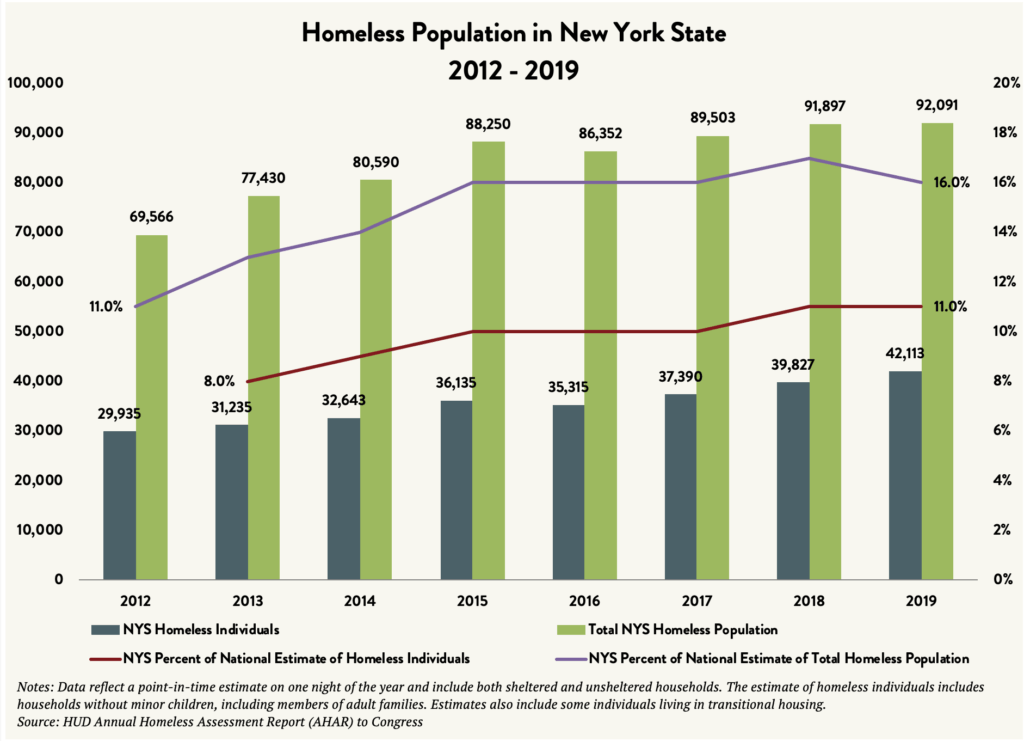



State Of The Homeless Coalition For The Homeless
Youth homelessness is not a young people's issue, it's a community issue If as a society we open our eyes to the root causes of youth homelessness, we cannot fail to see Poverty Young People Youth Homelessness The above graph uses census data to show what percentage of households of different ethnicities applied for homelessness support over the year It shows that 39% of Black households submitted homelessness applications during this periodBackground In 16 an estimated 2,000 people aged 18 years and under were classed as homeless in WA, with another 2,230 living in marginal housing such as caravan parks, overcrowded situations or improvised dwellings Often pathways to homelessness in young people start before the person's 16th birthday Children and young people under the



2
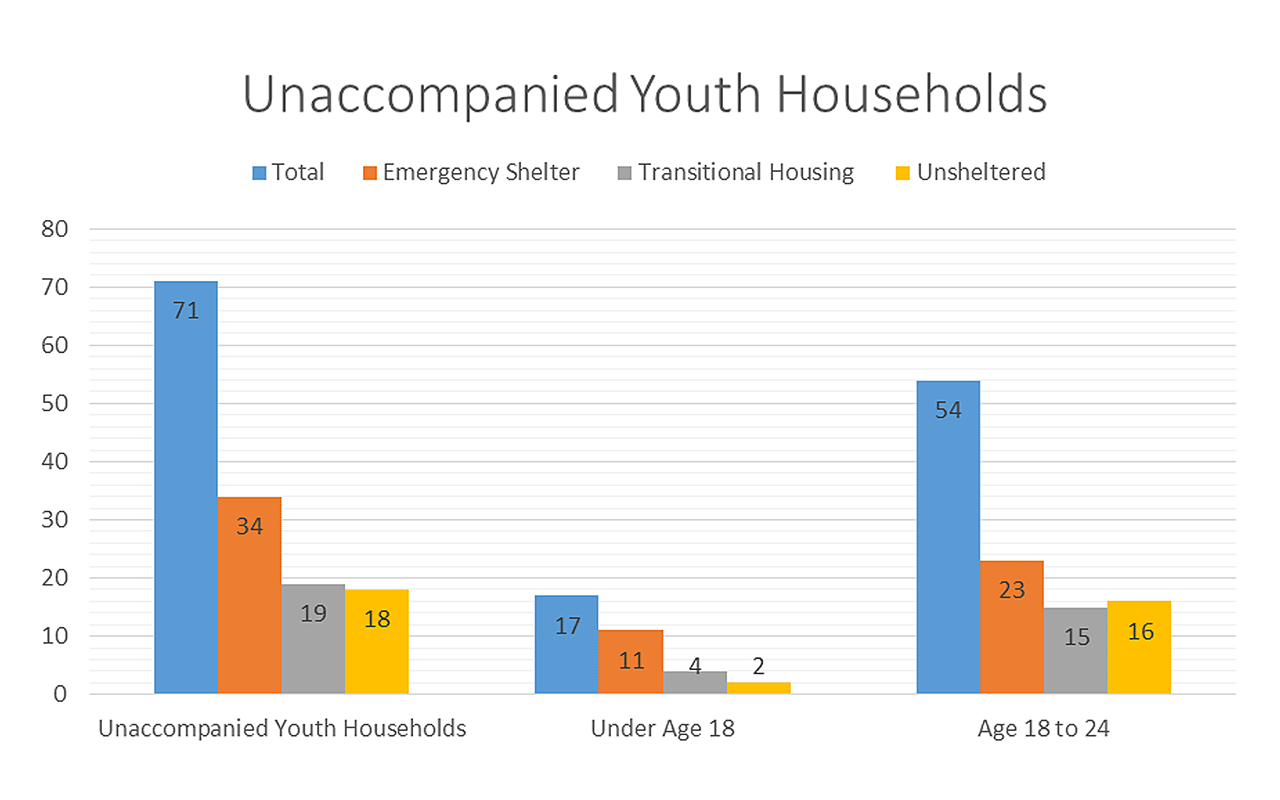



Youth Homeless Sub Population City Of Spokane Washington
A person does not have to be living on the streets to be classed as homeless A child or young person may be considered homeless when their home is not suitable or they do not have the right to stay where they live In addition, they may be living somewhere that is dangerous or overcrowded, and therefore be considered homelessPersons experiencing chronic homelessness, veterans, families with children, and unaccompanied youth under the age of 18 and young adults between the ages of 18 and 24 Trend data from 17, 18, and 19 are presented in order to facilitate understanding the overall changes in theFactor for homelessness Homelessness is difficult to adequately measure and it is likely to be underestimated Best estimates suggest that over 32,000 people aged 1224 are homeless in Australia, representing 1/3 of the country's total homeless population Youth homelessness is unseen Most homeless young people don't live on the
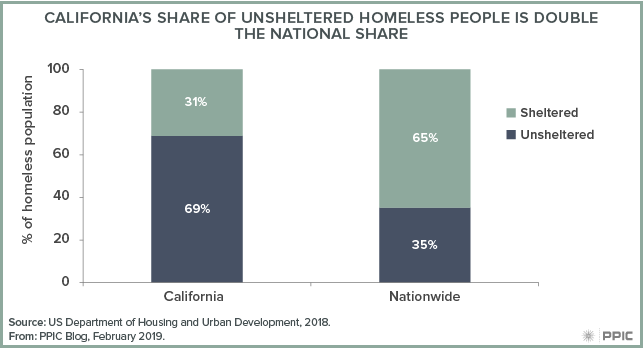



A Snapshot Of Homelessness In California Public Policy Institute Of California




Education For Homeless Children And Youth Ehcy Data Wisconsin Department Of Public Instruction
Get Under Way (GUW)* is a youthled organisation working to improve the mental health of young people experiencing homelessness or youth at risk of homelessness GUW envisions a world in which all young people have positive social connections, resilience to bounce back from life's challenges, and are free from psychological distressMany different terms are used to describe young people experiencing homelessness, including street youth, street kids, runaways, homeless youth, etc Youth homelessness refers to young people between the ages of 13 and 24 who are living independently of parents and/or caregivers, and importantly, lack many of the social supports deemed necessary for the transition from57% of homeless kids spend at least one day every month without food In the United States, as many as ,000 kids are forced into prostitution by human trafficking networks every year According to a study of youth in shelters, nearly 50% reported intense conflict or physical harm by a family member as a major contributing factor to their homelessness



Stats On The Homeless In Canada
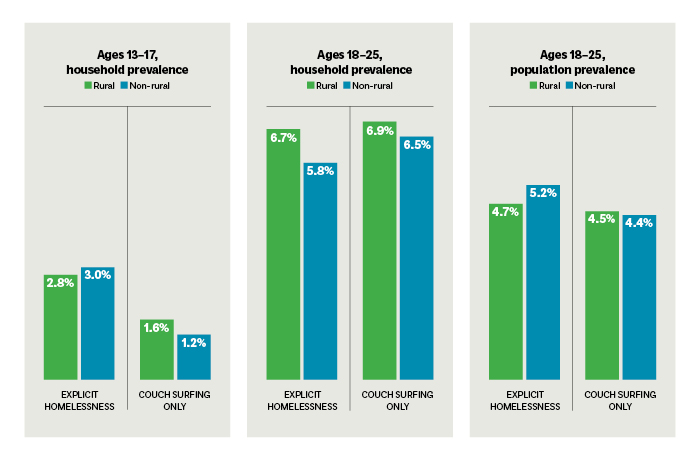



Young And Homeless In America The University Of Chicago Magazine
Homelessness statistics user event October 19 Speakers from the Scottish Government, the Office for National Statistics, National Services Scotland and National Records of Scotland will speak about current homelessness statistics, future developments and how these can be used to shape future policy developmentYouth Homelessness the causes Violence, abuse, family breakdown and problems with mental health young people often become homeless because it's safer to leave home than to stay According to our research, 121,000 young people asked for help with homelessness last year this needs to changeYouth who experience homelessness with their families tend to be younger, with 08 findings showing that over 51 percent were under the age of six, 34 percent were between the ages of 6 and 12, and only 15 percent were between the ages of 13 and 17 6;
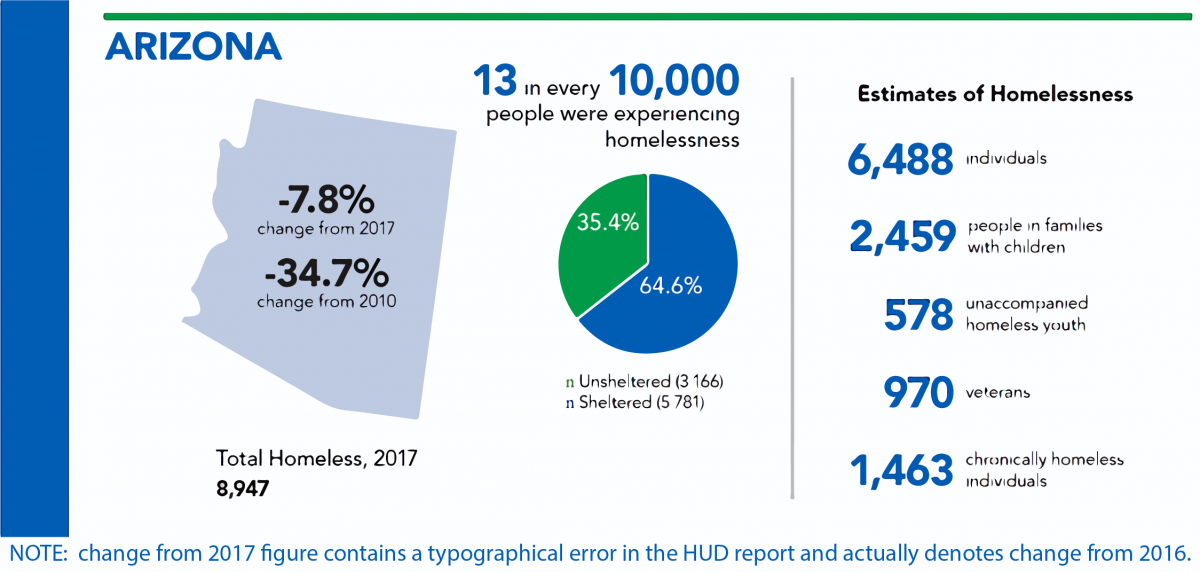



Arizona Homelessness Arizona Department Of Housing
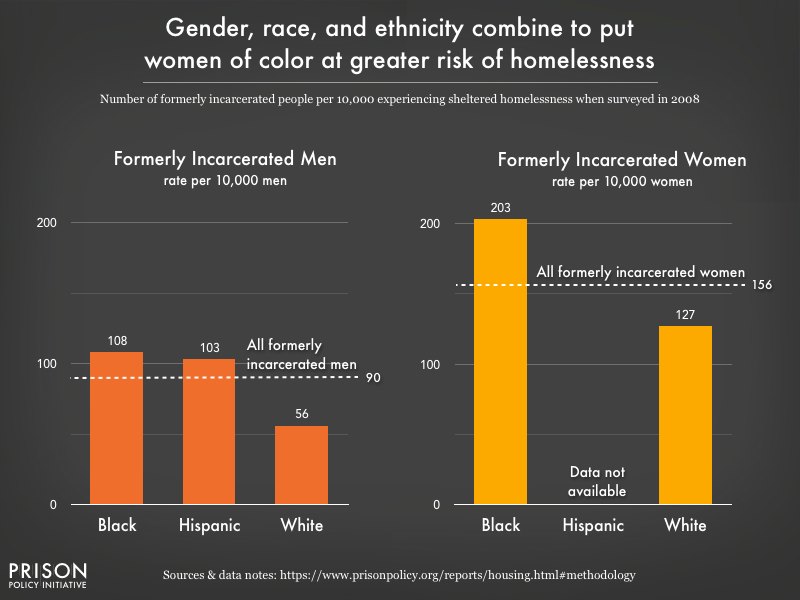



Nowhere To Go Homelessness Among Formerly Incarcerated People Prison Policy Initiative
Homelessness in Canada has grown in size and complexity since 1997 While historically known as a crisis only of urban centres such as Montreal, Laval, Vancouver, Edmonton, Calgary, and Toronto, increasing homelessness in suburban communities requires new services and resources In recent years homelessness has become a major social issue in CanadaIn Action Plan 11, the Federal1 in 1,670 Americans is homeless But, as we can see, there is a downward trend Researchers have found that between 31% and 46% of youth exiting foster care experience homelessness by age 26 A study conducted in Washington State found that approximately one quarter of youth that exited foster care at age 17 or older became homeless within 12 months of exit The risk of homelessness was particularly acute for Black youth
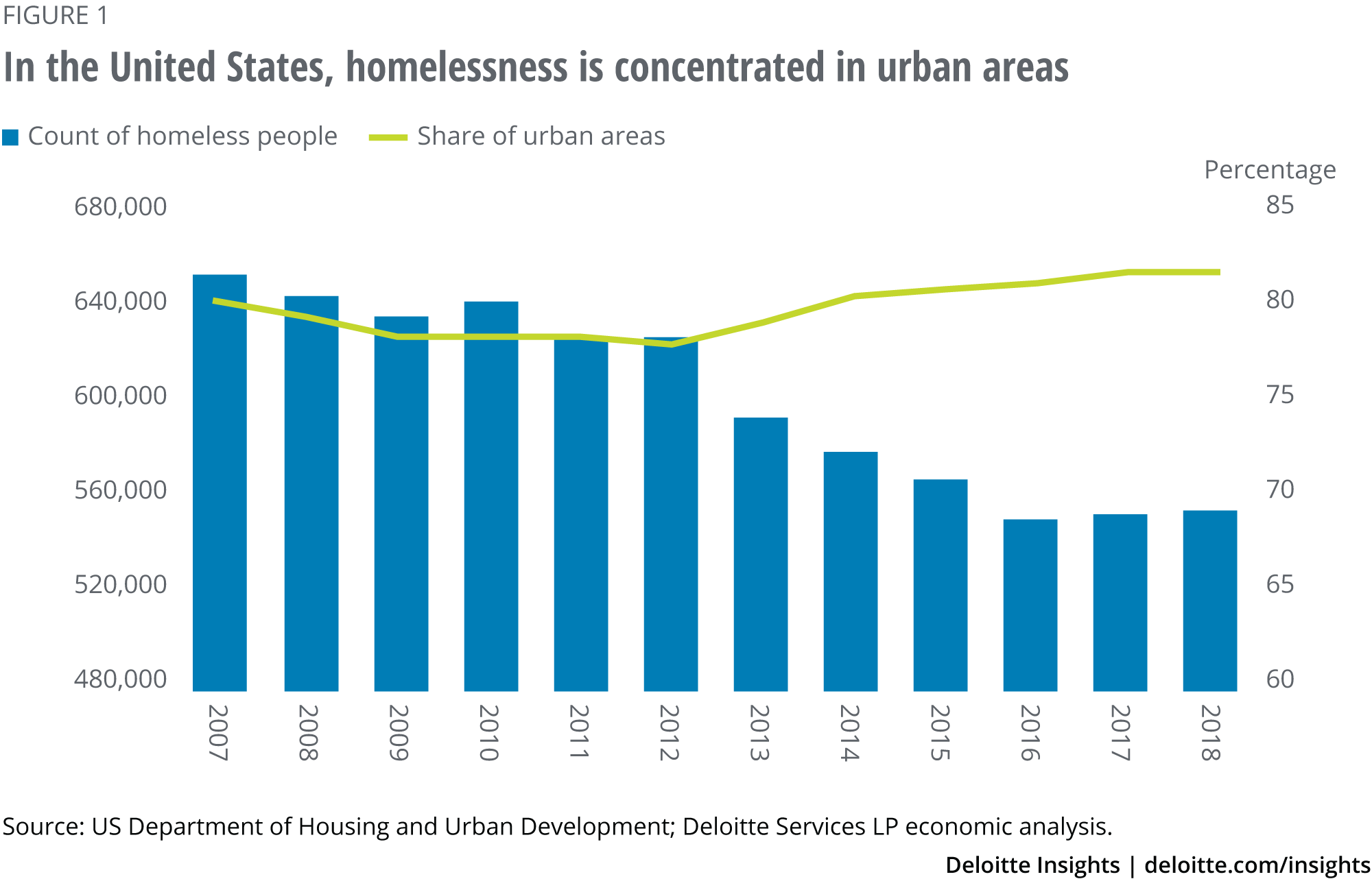



Back Button
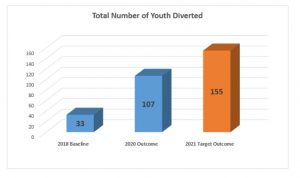



Keys To A Future Without Youth Homelessness Third Year For Groundbreaking Program Lighthouse
Individuals may be homeless as single adults, unaccompanied youth, or in multipleadult or multiplechild households Other Permanent Housing is housing with or without services that is specifically for people who formerly experienced homelessness but that does not require people to have a disability Parenting Youth are people under age 25 who Homelessness July to September 18 13 December 18 Statistics Homelessness April 17 to March 18 1 August 18 Statistics Homelessness April 16 to March 17 27 July 17 Statistics Homelessness April 15 to March 16 24 August 16 Statistics Homelessness April 14 to March 15The American Rescue Plan Act, signed into law in 21, provides states with funding to support youth experiencing homelessness $800,000,000 is to be used for the identification, enrollment and school participation of youth experiencing homelessness $100,000,000 is designated to address learning loss among homeless children and youth in foster care during the COVID19 pandemic The act also allows homeless youth and foster youth




Examining The Many Educational Challenges Facing Homeless Youth Alliance For Excellent Education



1
The infographic is based on research in the report and highlights just how severe the housing and homelessness crisis is in this country It includes new numbers that increase last year's estimate of the number of people homeless by 5,000 a day or 35,000 a year An alarming number of gay and transgender young people are homeless 16 million to 28 million The estimated number of homeless youth inThe definition of "homeless youth" as defined in Sec is a person who is younger than 19 years of age, including a migratory child, who lacks a fixed, regular, and adequate nighttime residence, including a person who is living in an emergency shelter, abandoned in a hospital, or




Youth Homelessness
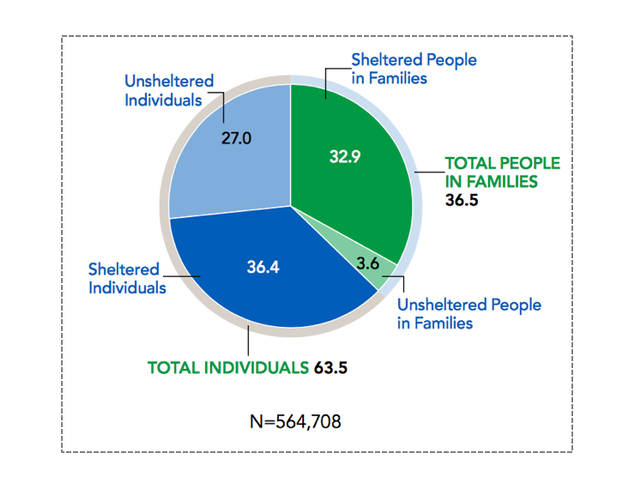



Homelessness Its Consequences And Its Causes Sph
As of January , Texas had an estimated experiencing homelessness on any given day, as reported by Continuums of Care to the US Department of Housing and Urban Development (HUD) Of that Total, 1912 were family households, 1948 were Veterans, 1408 were unaccompanied young adults (aged 14), and 4033 were individuals experiencing chronic homelessness The grouped vertical bar graph shows the selfassessed health status for people who had not experienced homelessness as well as for those who had experienced homelessness in the past The graph shows that there was a higher proportion of individuals reporting a longterm health condition, a mental health condition or disability amongst thoseHomelessness is a devastating experience that has a significant negative impact on an individual's physical and mental health, wellbeing, functioning, human development, and life trajectory—and LGBT runaway and homeless youth are at high risk for a number of negative experiences and outcomes 1 Recent studies, as well as anecdotal evidence from social service professionals, suggest that LGBT youth are significantly overrepresented in homeless



Gay And Transgender Youth Homelessness By The Numbers Center For American Progress
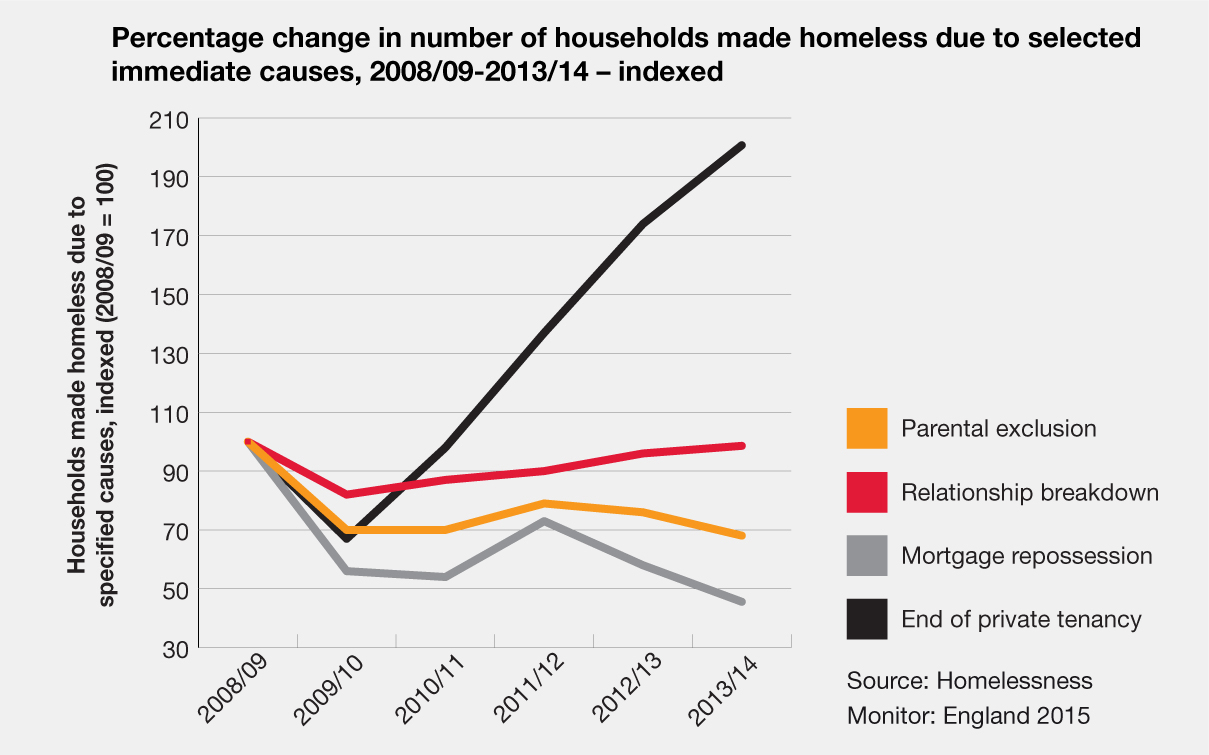



Only Political Will Can Turn This Rising Tide Of Homelessness British Politics And Policy At Lse
Homelessness Statistics by State The map below shows statelevel estimates of individuals and families experiencing homelessness, based on Community pointintime counts conducted on a given night in January 19, as reported by Continuums of Care to the US Department of Housing and Urban Development Children and youth who experiencedYouth homelessness the issue affects every community Every youth deserves a home Unfortunately, there are barriers to stability, including poverty, menta The number of homeless youth aged 12 to 18 doubled from about 10,000 in 1991 to 21,000 in 1994 Over the same period, the number of young people aged 16 to 17 on Young Homeless Allowance also doubled from 4,500 to 9,900 The early 1990s was a period of deep economic recession with high youth unemployment (nearly 30%)



Number Of Rough Sleepers In England Has Increased More Than 250 Since 10 Our World In Data




Interventions For Youth Homelessness A Systematic Review Of Effectiveness Studies Sciencedirect
In fact, there are 3 levels of homelessness that people experience every day Primary – sleeping rough on the street or having to sleep in a car Secondary – staying at a friend's house, moving frequently between refuges or couch surfing Tertiary – unstable accommodation, such as rooming houses or caravan parksYouth Homelessness Homeless youth, sometimes referred to as "unaccompanied" youth, are individuals under the age of 18 who lack parental, foster, or institutional care The National Center for Housing and Child Welfare states there are between 1 million and 17 million homeless youth who have runaway or have been asked to leave their homes1 Main points Homelessness and housing are devolved policies across the UK and each country produces data and statistics according to their own legislative framework, which vary substantially between countries;




Point In Time Report Shows Homelessness Continues To Climb In King County The Urbanist




Youth Homelessness Youth Homelessness
Making homeless young people count Our research estimates 121,000 young people asked for help from their local council in 19/ because they were homeless or at risk of homelessness This is the only estimate of its kind, and we hope it will help to promote better supported living for young people youth homelessness databank reportIt's a confronting and sobering statistic – 42 per cent of people experiencing homelessness in Australia are under 25 That's 28,000 young people who feel the hunger, isolation and fear that comes with homelessness every nightHomelessness Some young people end up homeless This can happen for many reasons including family or relationship trouble, including domestic violence, or because they can't afford to rent a place Many young people who are homeless stay in squats, with friends or in emergency accommodation
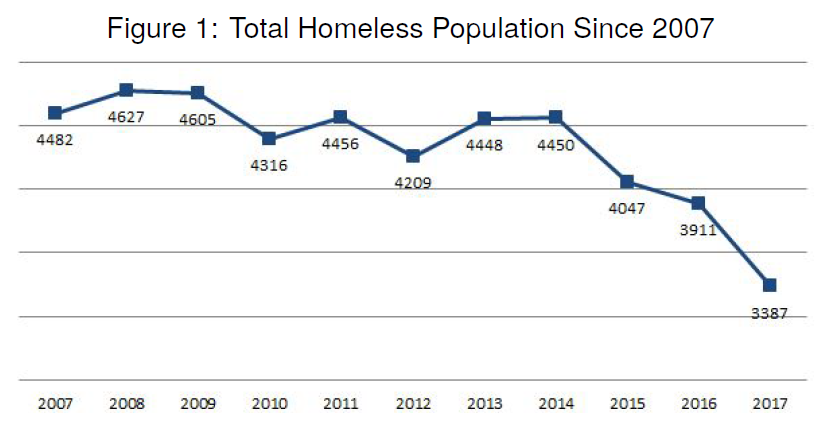



17 Count Finds Lowest Levels Of Homelessness To Date Connecticut Coalition To End Homelessness
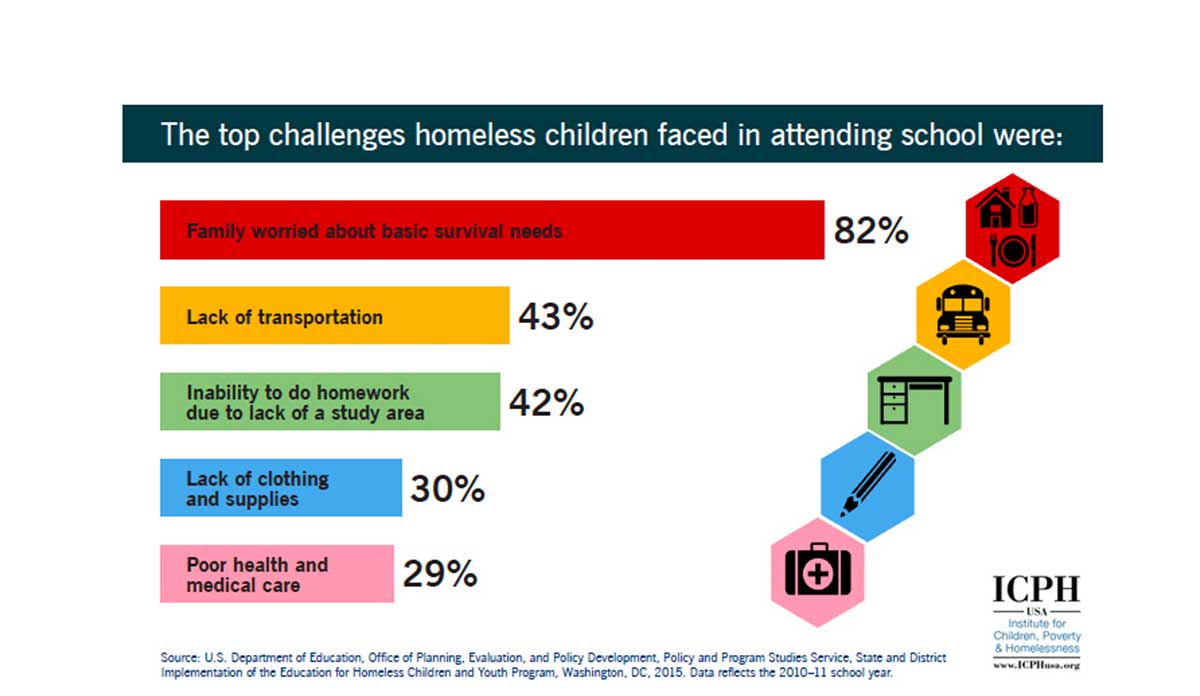



Why Do Homeless Kids Miss School Public Health Post
While the number of children aged 0–14 living in homeless situations increased slightly from 19,100 in 06 to 19,400 in 16, the proportion of children living in homeless situations remained relatively stable between 06 (05%) and 16 (04%) Data shows homelessness has increased dramatically since 10 In England, the proportion of people sleeping rough amounts to 016 per 1,000 households This isHomelessness remains an important policy problem on any given night in 16, around 550,000 people experienced homelessness This corresponds to about 006% of the total population in the country;



Homelessness In The United States Wikipedia
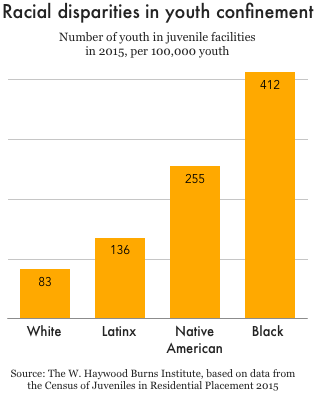



Lgbtq Youth Are At Greater Risk Of Homelessness And Incarceration Prison Policy Initiative




Lost In The Masked Shuffle Virtual Void Children And Youth Experiencing Homelessness Amidst The Pandemic Schoolhouse Connection



Allegheny County Point In Time Homelessness Data Allegheny County Analytics Reports Visualizations And Datasets



1




Rise In Youth Homelessness Homeless
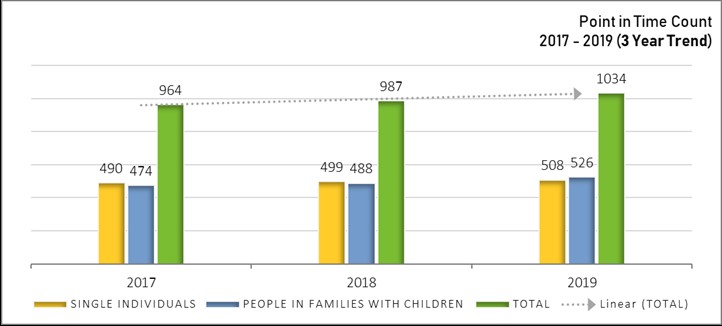



Highlights From The 19 Point In Time Count Of People Experiencing Homelessness Homelessness Office To Prevent And End




Connections Between Trafficking And Homeless Youth The Administration For Children And Families



Homelessness Our World In Data
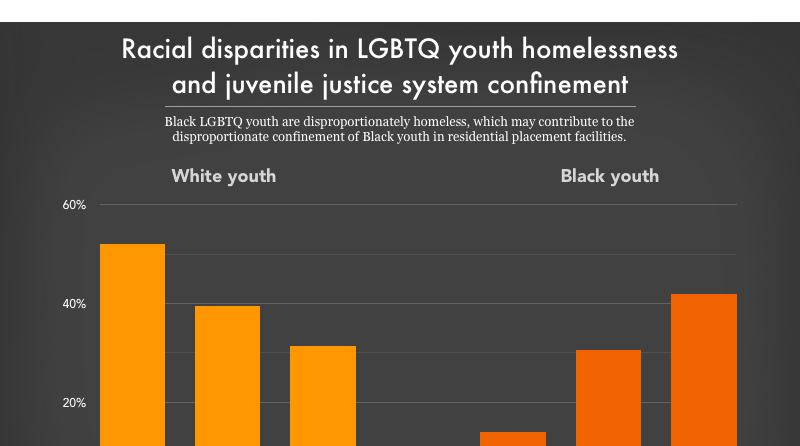



Racial Disparities In Lgbtq Youth Homelessness And Juvenile Prison Policy Initiative
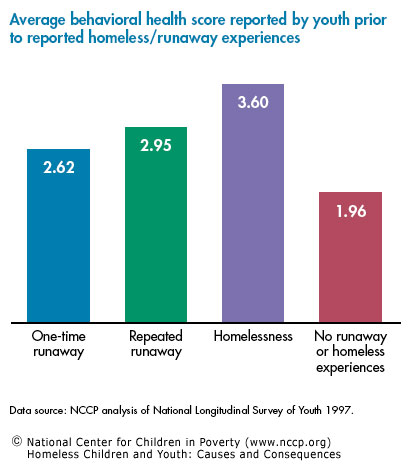



Homeless Children And Youth Causes And Consequences Nccp
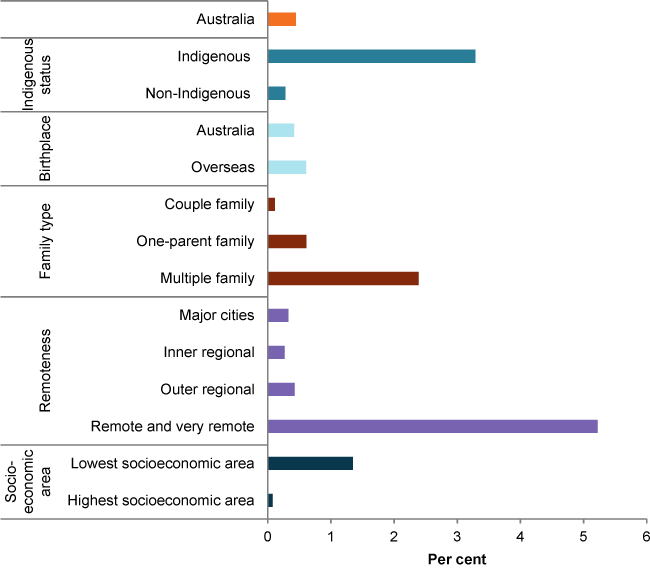



Australia S Children Homelessness Australian Institute Of Health And Welfare




Missed Opportunities Youth Homelessness In America Voices Of Youth Count
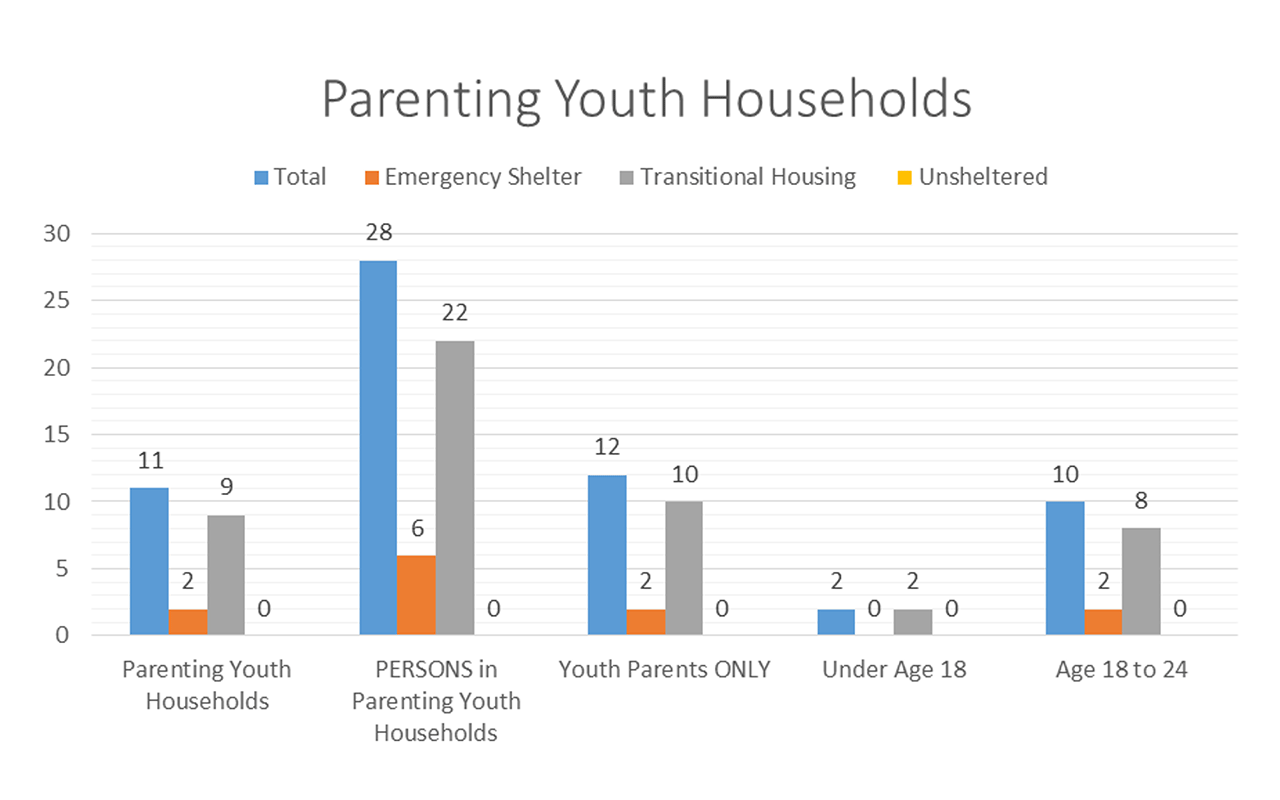



Youth Homeless Sub Population City Of Spokane Washington



What Are The Statistics On Homelessness And Mental Health In Toronto The Homeless Hub



Homelessness In Minnesota Mn Homeless Study



2




Interventions For Youth Homelessness A Systematic Review Of Effectiveness Studies Sciencedirect




Missed Opportunities Youth Homelessness In America Voices Of Youth Count



Homeless Youth Invisible In Southern Arizona



1




Rough Sleepers In London By Age Statista
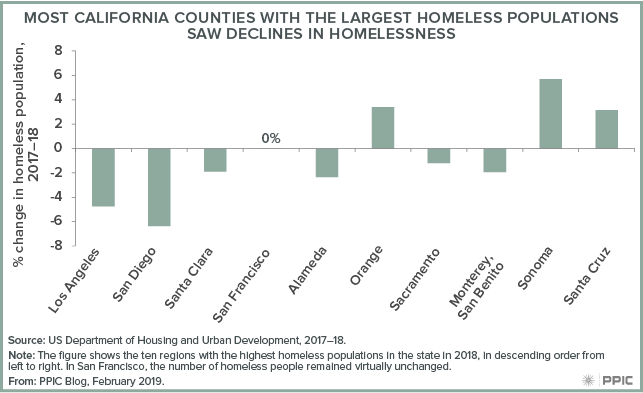



A Snapshot Of Homelessness In California Public Policy Institute Of California




Homelessness In The United States Wikipedia



National Coalition For The Homeless Reflections On Youth Homelessness National Coalition For The Homeless




Missed Opportunities Youth Homelessness In America Voices Of Youth Count
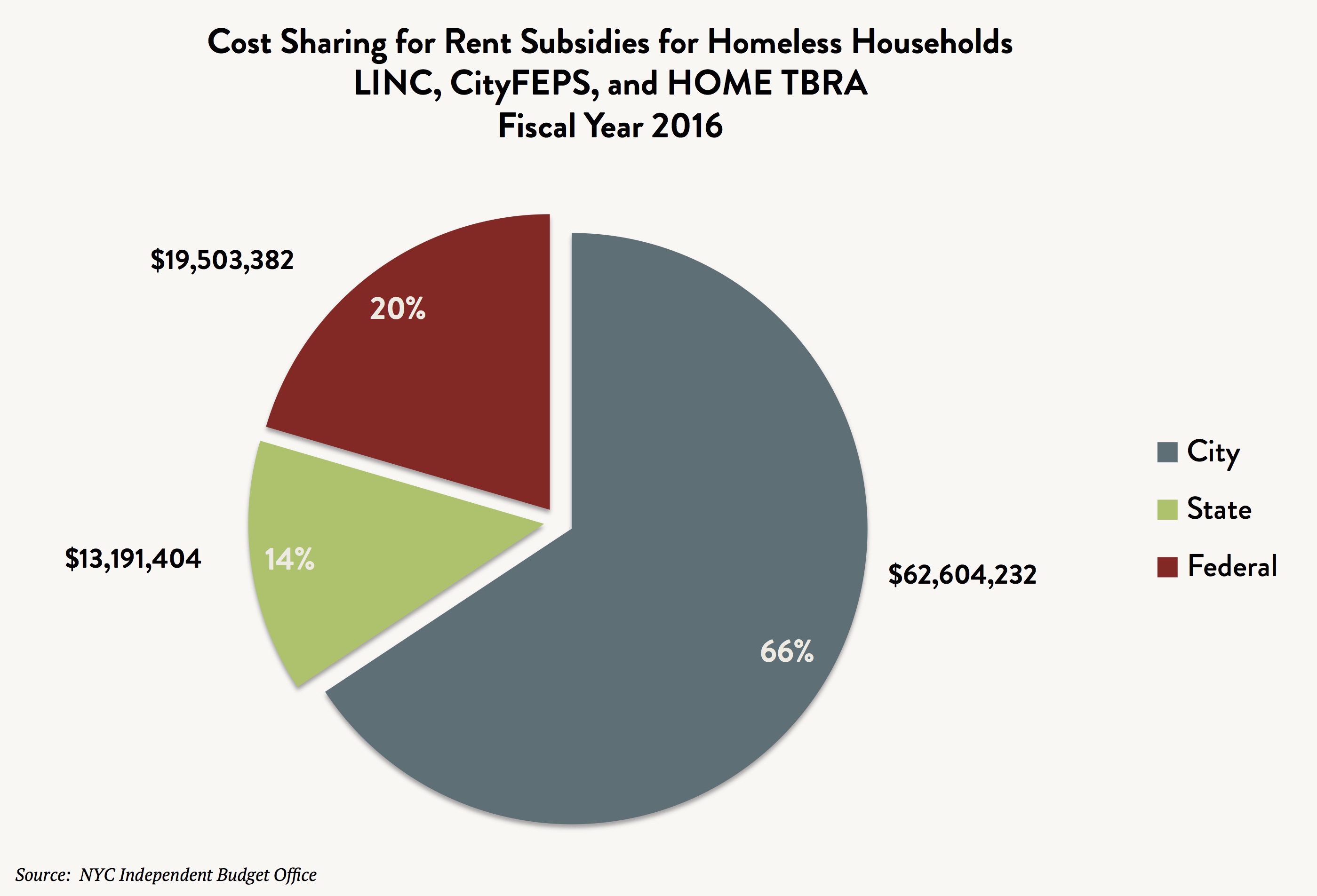



State Of The Homeless 17 Coalition For The Homeless




The State Of Youth Homelessness In Ct Impact Of Covid 19 Implications For Future Work Partnership For Strong Communities
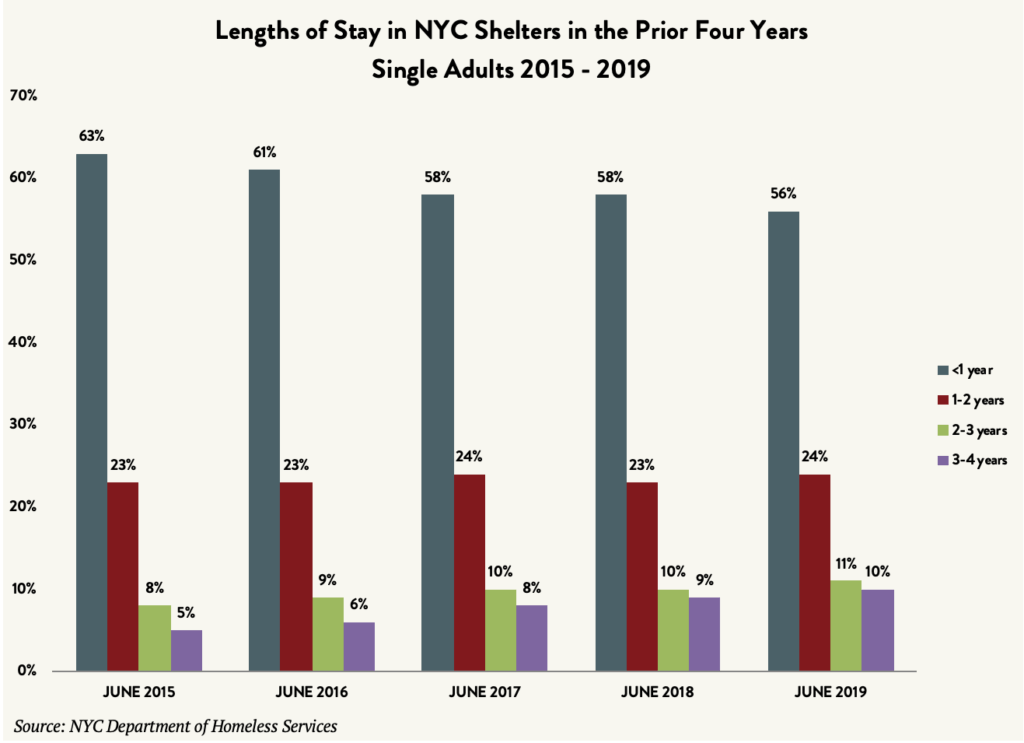



State Of The Homeless Coalition For The Homeless




Share Of Unaccompanied Homeless Youth In The U S By Race Statista




Australia Share Of Homeless Population By Age Group 16 Statista




Policy Publications People S Emergency Center




Youth Homelessness Facts Statistics Kids Under Cover Kids Under Cover



Gay And Transgender Youth Homelessness By The Numbers Center For American Progress
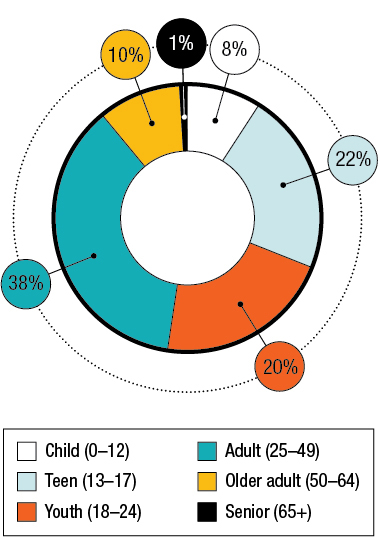



Youth Continue To Be Outnumbered Our Response To The Federal Government S National Point In Time Count The Homeless Hub



3



Gay And Transgender Youth Homelessness By The Numbers Center For American Progress
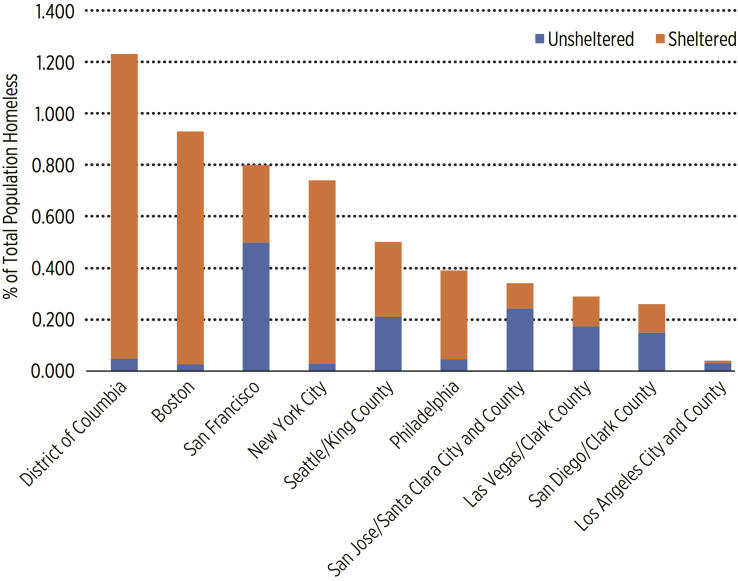



Homelessness In The Bay Area Spur




Given That Homelessness Is An Extreme Form Of Poverty It Is One Measure That Can Be Used To Identify How A Homeless Statistics Homelessness Awareness Homeless
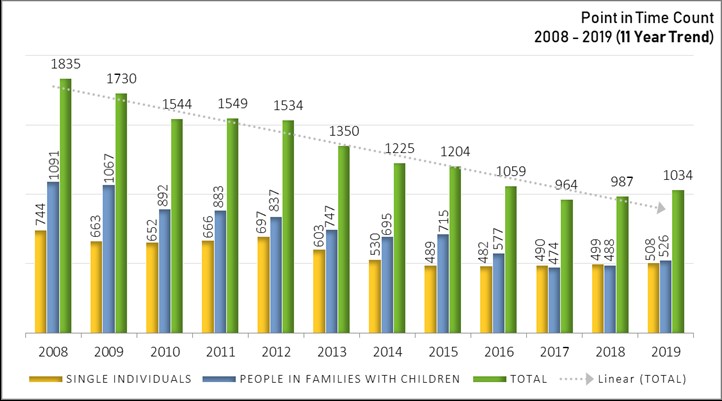



Highlights From The 19 Point In Time Count Of People Experiencing Homelessness Homelessness Office To Prevent And End



Homelessness September 13




Snohomish County To Receive 2 3 Million For Youth Homelessness Initiative Washington State Wire




Hidden In Plain Sight America S Promise Alliance
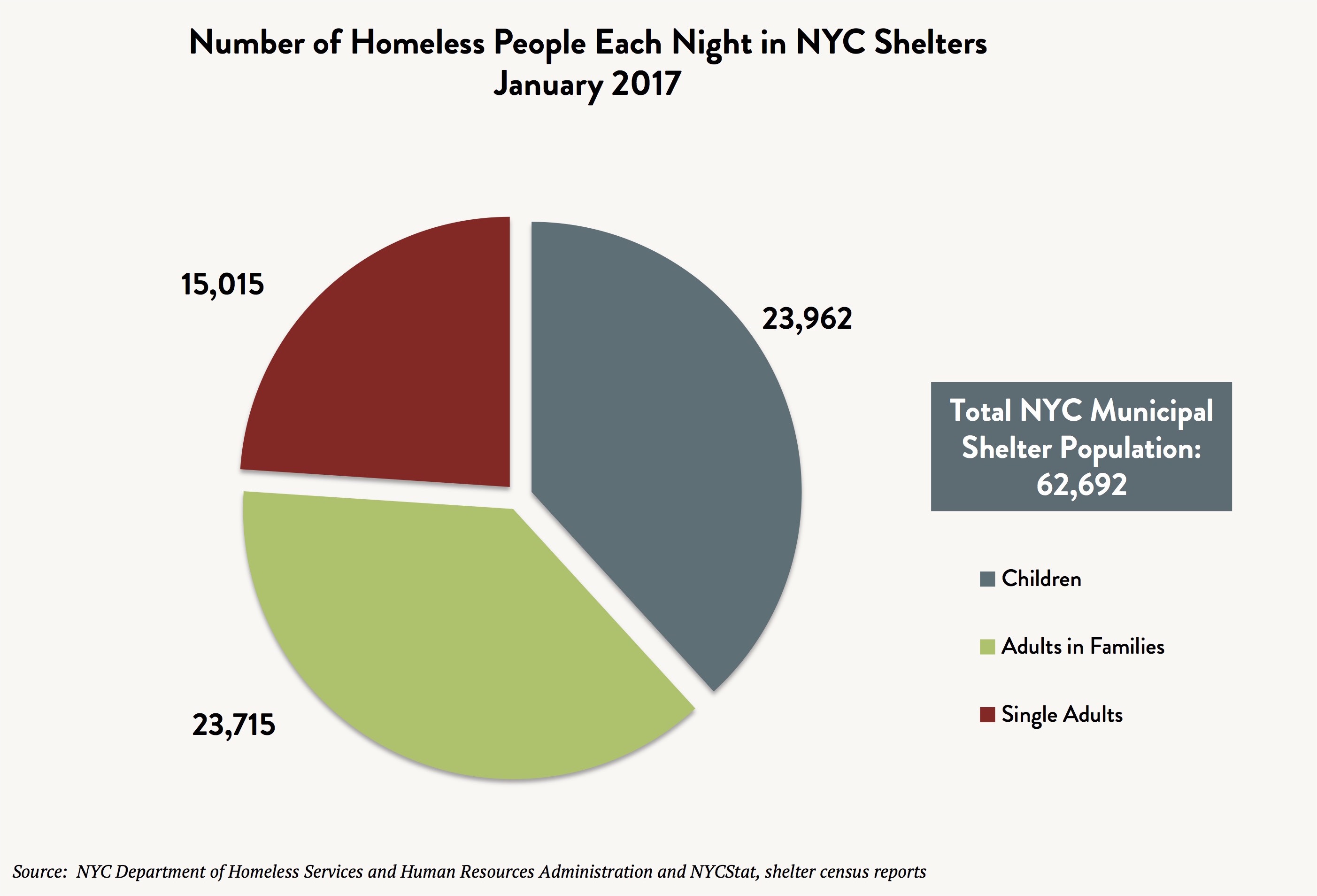



State Of The Homeless 17 Coalition For The Homeless



Youth Homelessness




Policy Publications People S Emergency Center




Growth Curves Of The Have You Heard Intervention Homeless Youth And Download Scientific Diagram
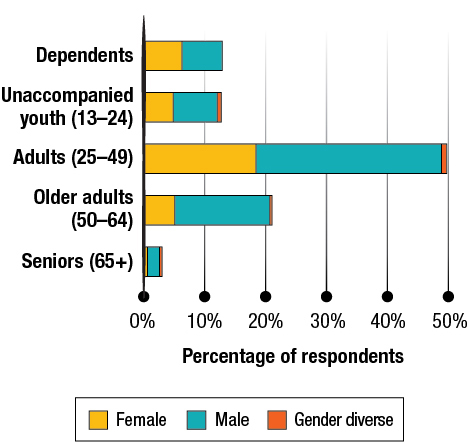



Everyone Counts 18 Highlights Report Canada Ca
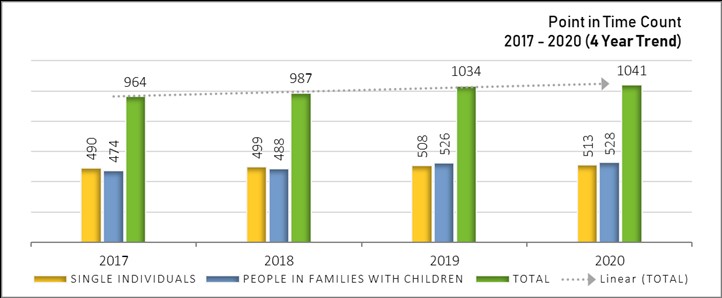



Highlights From The Point In Time Count Of People Experiencing Homelessness Homelessness Office To Prevent And End




Lgbtq2s Youth Homelessness In Canada The519




Reaons For Youth Homelessness 17 Statista
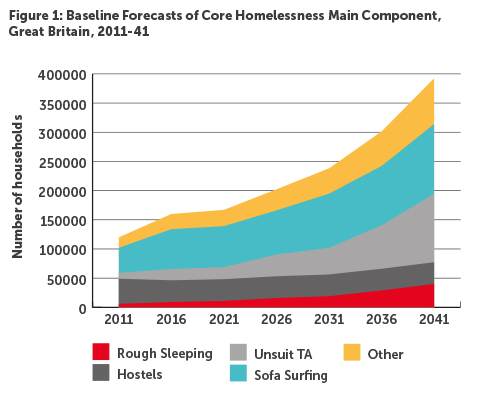



What Will Happen To Levels Of Homelessness If We Do Nothing Crisis Together We Will End Homelessness



2




Homeless Students Dismissed




Hidden In Plain Sight America S Promise Alliance



Stats On The Homeless In Canada




L A County Homelessness Jumps A Staggering 23 As Need Far Outpaces Housing New Count Shows Los Angeles Times



Youth Mn Homeless Study
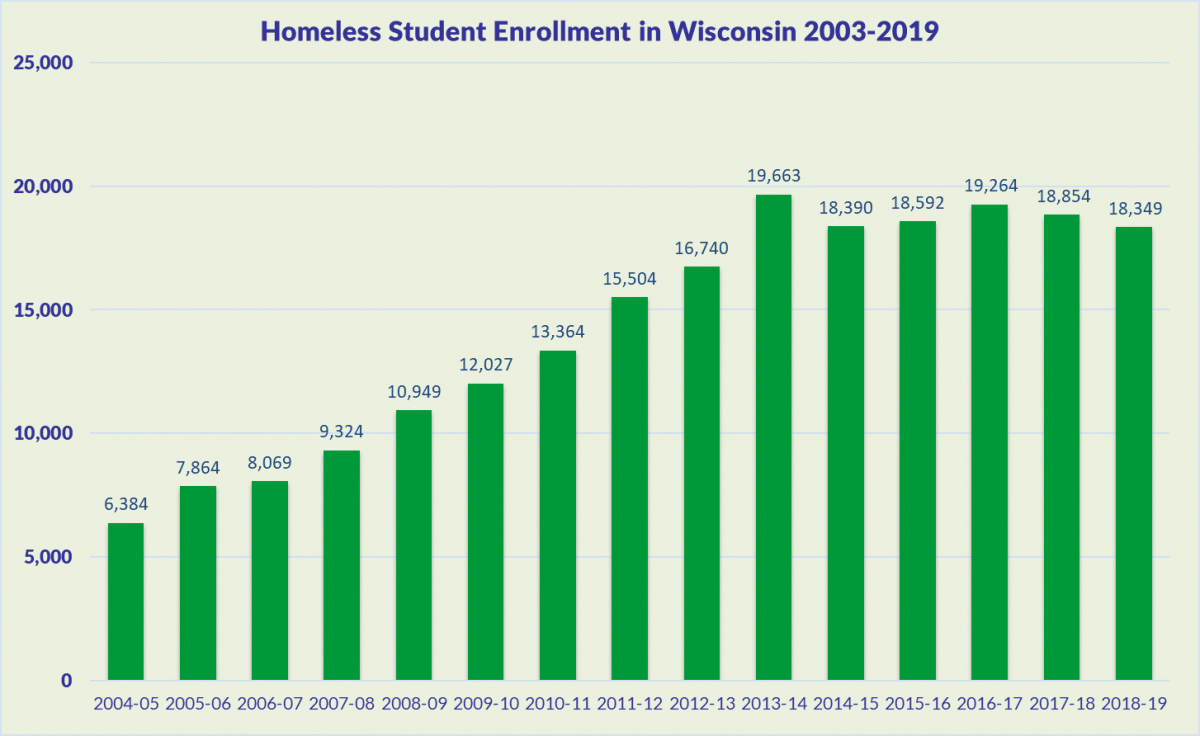



Education For Homeless Children And Youth Ehcy Data Wisconsin Department Of Public Instruction




State Of Homelessness Edition National Alliance To End Homelessness
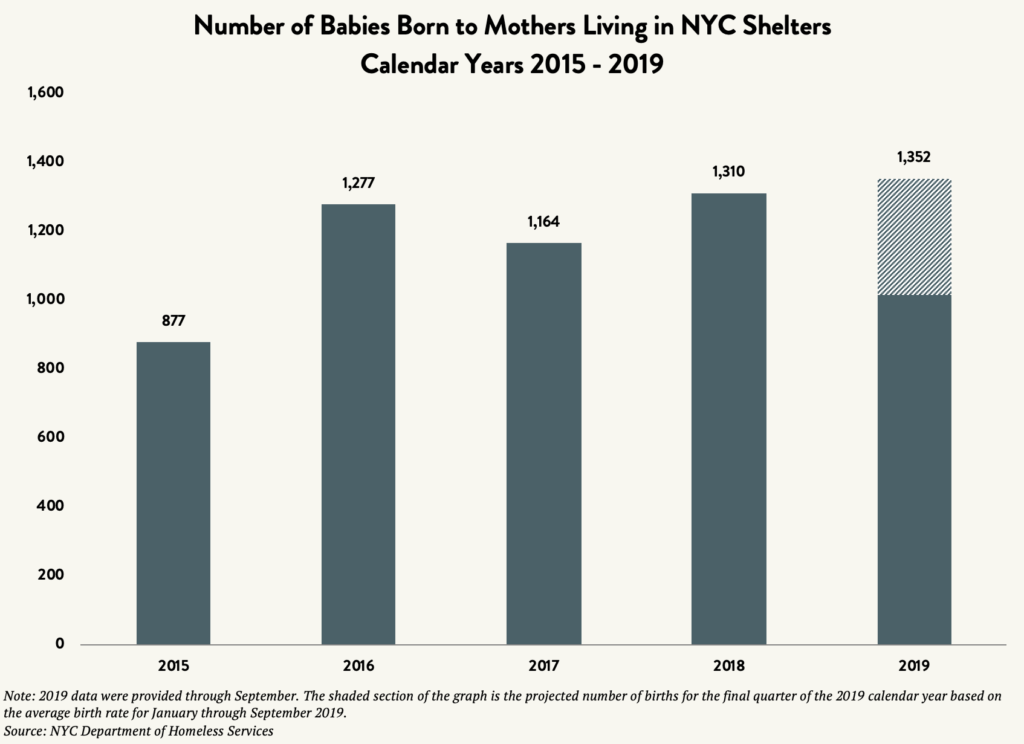



State Of The Homeless Coalition For The Homeless
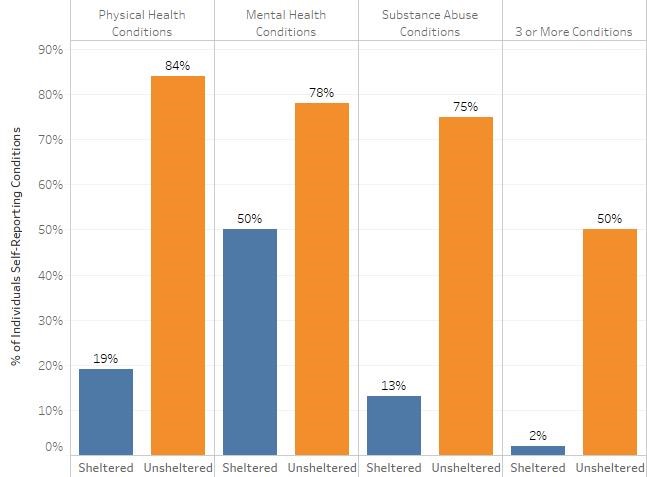



Cpl Blog Graph National Alliance To End Homelessness
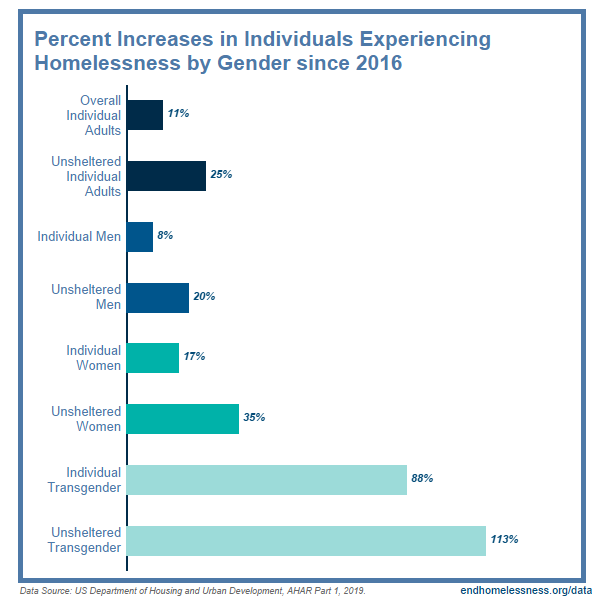



Increases In Individual Homelessness A Gender Analysis National Alliance To End Homelessness




Homelessness And Police Recorded Crime Victimisation A Nationwide Register Based Cohort Study The Lancet Public Health



Gay And Transgender Youth Homelessness By The Numbers Center For American Progress
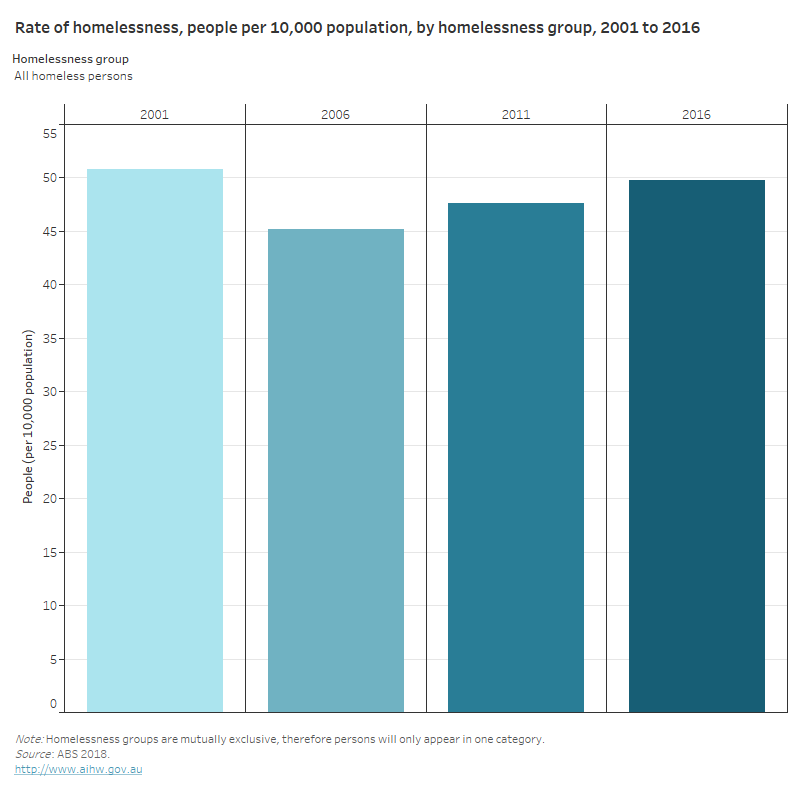



Homelessness And Homelessness Services Australian Institute Of Health And Welfare




State Of Homelessness Edition National Alliance To End Homelessness
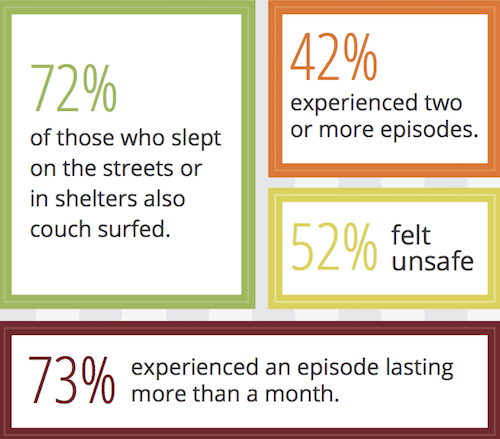



Where They Re At Phones And Homeless Youth Public Health Post
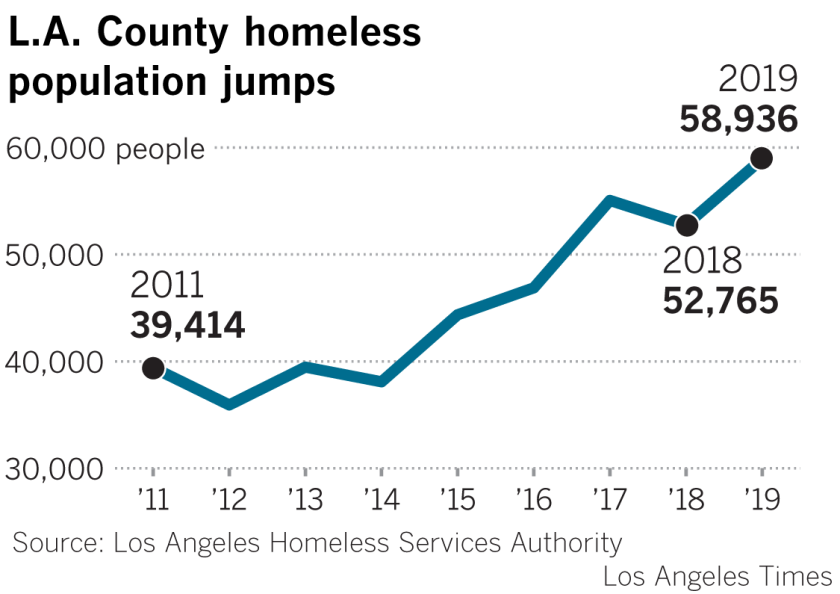



Homelessness Jumps 12 In L A County And 16 In The City Officials Stunned Los Angeles Times
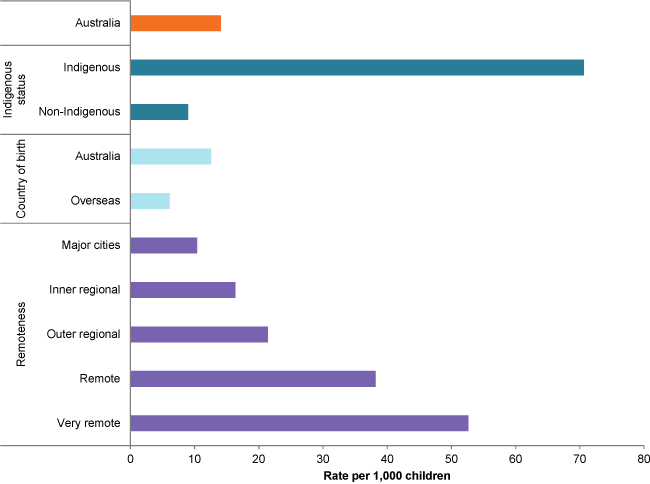



Australia S Children Homelessness Australian Institute Of Health And Welfare
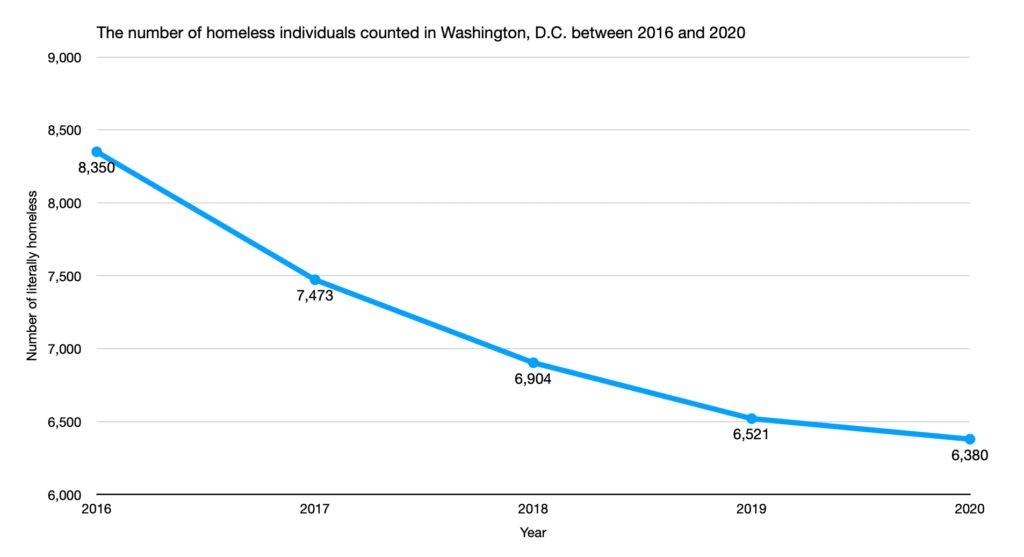



Homeless Count Reveals Mixed Successes Street Sense Media



Gay And Transgender Youth Homelessness By The Numbers Center For American Progress




Homelessness For Unaccompanied Youth Mlpp
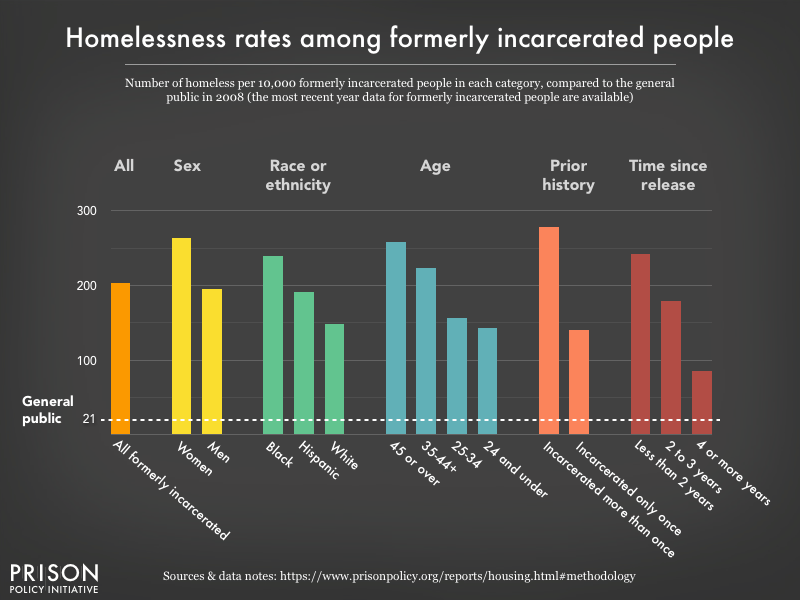



Nowhere To Go Homelessness Among Formerly Incarcerated People Prison Policy Initiative



The Homeless Federal Safety Net




16 Count Finds Homelessness Continues To Decline Across Connecticut Connecticut Coalition To End Homelessness
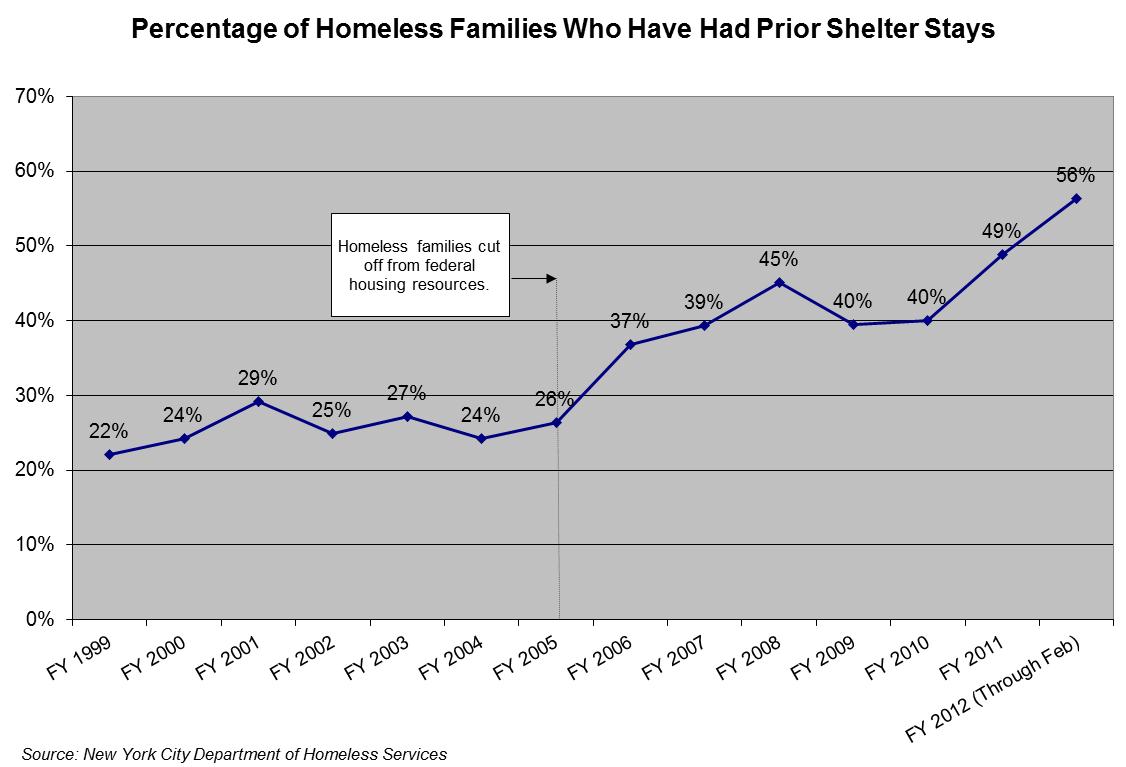



Record Shelter Numbers Explained In One Graph Coalition For The Homeless
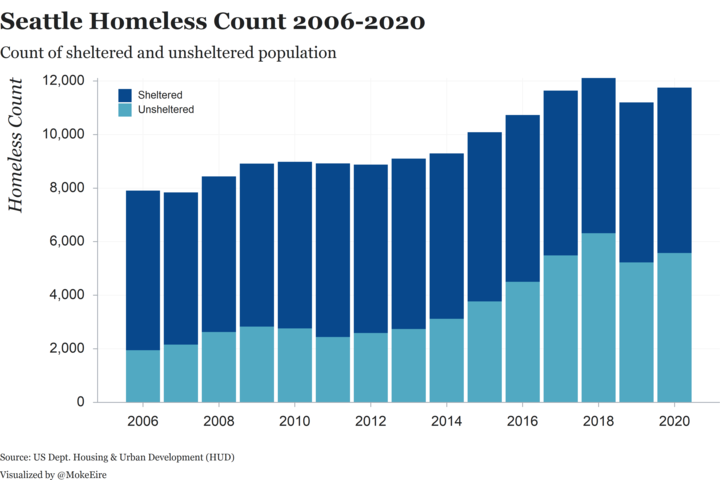



Homelessness In Seattle Wikipedia




Unaccompanied Homeless Children And Youth Under 24 Bar Chart Made By Amesbury Plotly




Hidden In Plain Sight America S Promise Alliance


コメント
コメントを投稿